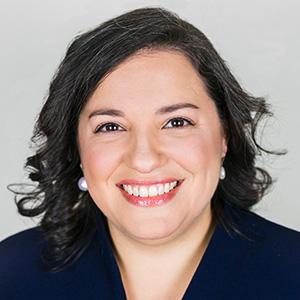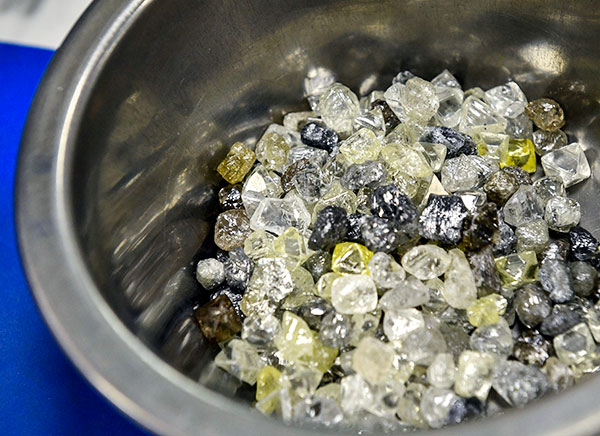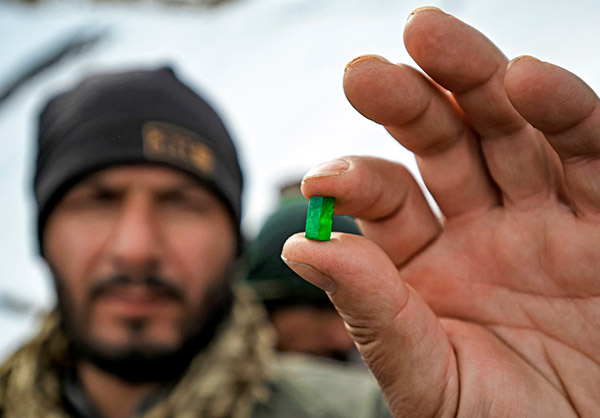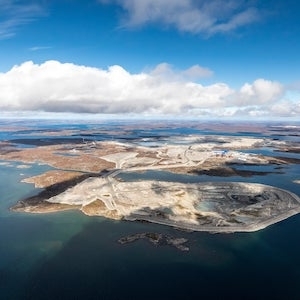
The deputy general counsel of the Jewelers Vigilance Committee, Sara Yood (pictured), has been very busy of late, helping the industry navigate the Russian sanctions imposed by the Biden administration, which include sanctions against Russian diamonds. Below, she talks about the current state of play regarding Russian goods and what may be coming in the future.
For now, the sanctions against Russian diamonds are limited to direct dealings with diamond miner Alrosa and buying rough or polished diamonds directly from Russian entities. However, they do allow for diamonds that are “substantially transformed” (meaning cut and polished) in another country. Could that change?
It’s certainly possible that we may see some kind of change, including changing the import ban to not allow for diamonds “transformed” elsewhere. A recent letter from members of Congress encouraged tightening that pathway. I think the chance of the Office of Foreign Assets Control [OFAC] adjusting their guidance on that is fairly high, as that is what happened with Burmese gemstones—first, they were directly banned, and then that was amended to Burmese rubies cut and polished elsewhere.
If the “substantial transformation” guidance is removed, what would that mean?
For one, it would force upstream buyers to segregate their goods by origin, which I hope they are doing anyway. I don’t know exactly how the government would enforce it, but I assume Customs would play a role.
By most anecdotal accounts, Alrosa isn’t selling much into the market currently. Will that make a difference?
It depends if that holds or not. If Alrosa starts selling again to China or India, then the conversation shifts, and we could see OFAC changing its guidance.
Many U.S. businesses are currently going beyond what sanctions in the United States require and asking not to be sold Russian diamonds. That is perfectly legal, and because of the risks involved, we would urge companies to consider that.

And how should they do that?
They have to talk to their suppliers. That means building relationships with them and picking up the phone and telling them what you want. There are a lot of contract templates out there—some of which the JVC helped write—that provide very good language for avoiding Russian diamonds.
Is there any way you can verify whether the suppliers are complying?
One of the things suppliers could include is language that gives them the right to audit [their diamond vendors]. That’s certainly an option, but that’s not something that’s commonly done. There are a number of tracking and traceability options out there, and I would suggest companies seriously consider them.
If the “substantial transformation” guidance is changed, will that apply to Russian melee?
For country-of-origin information, the biggest pain point is that there’s not traceable melee. Some say the value of melee doesn’t come from the stone itself, but the money is in the cutting and polishing done in India. I go back and forth on whether I think that’s a reasonable argument. I don’t think the U.S. is really prepared to deal with that issue. We have raised it with the U.S. Treasury. They have not gotten back to us. I would be very interested to see the designs at the show to see if people are moving away from using melee because they’re not able to get it.
Any other thoughts on the Russian situation?
This isn’t going away anytime soon. Russia’s invasion of Ukraine looks like it’s going to be a long-term conflict. Even if Russia leaves Ukraine tomorrow, which doesn’t look likely, it will take a long time for Alrosa to get off the SDN [Specially Designated Nationals] list. So it could be a while before the U.S. is willing to let the industry deal directly with Alrosa. Jewelry businesses need to be looking at long-term solutions that include tracking and tracing diamonds.

Why is having a compliant anti-money–laundering (AML) program so important here?
As part of a compliant AML program, one has to check the SDN list to see what businesses one cannot transact with. We also have to think of AML as the fundamental building block of a sourcing program. You can use the “know your customer” elements to build out the kind of questions that you want to ask.
On another topic, there have traditionally been sanctions on gems from Afghanistan. But lately, those have been walked back a bit.
It’s been interesting to see how the U.S. government is moving forward on Afghanistan. Now that the Taliban is the legitimate government in Afghanistan, they have wound back some parts of the OFAC SDN list [that prevent dealing with the Taliban]. That is a humanitarian choice. They need to make sure that the people of Afghanistan are able to access food and medicine.
You still have to check the OFAC list to make sure you are working within the boundaries of sanctions that still exist. But there is more possibility of buying Afghan gems than there was a year ago.
Diamonds: Alexander Nemenov/AFP via Getty Images; man with emerald: Mohd Rasfan/AFP via Getty Images
- Subscribe to the JCK News Daily
- Subscribe to the JCK Special Report
- Follow JCK on Instagram: @jckmagazine
- Follow JCK on X: @jckmagazine
- Follow JCK on Facebook: @jckmagazine






